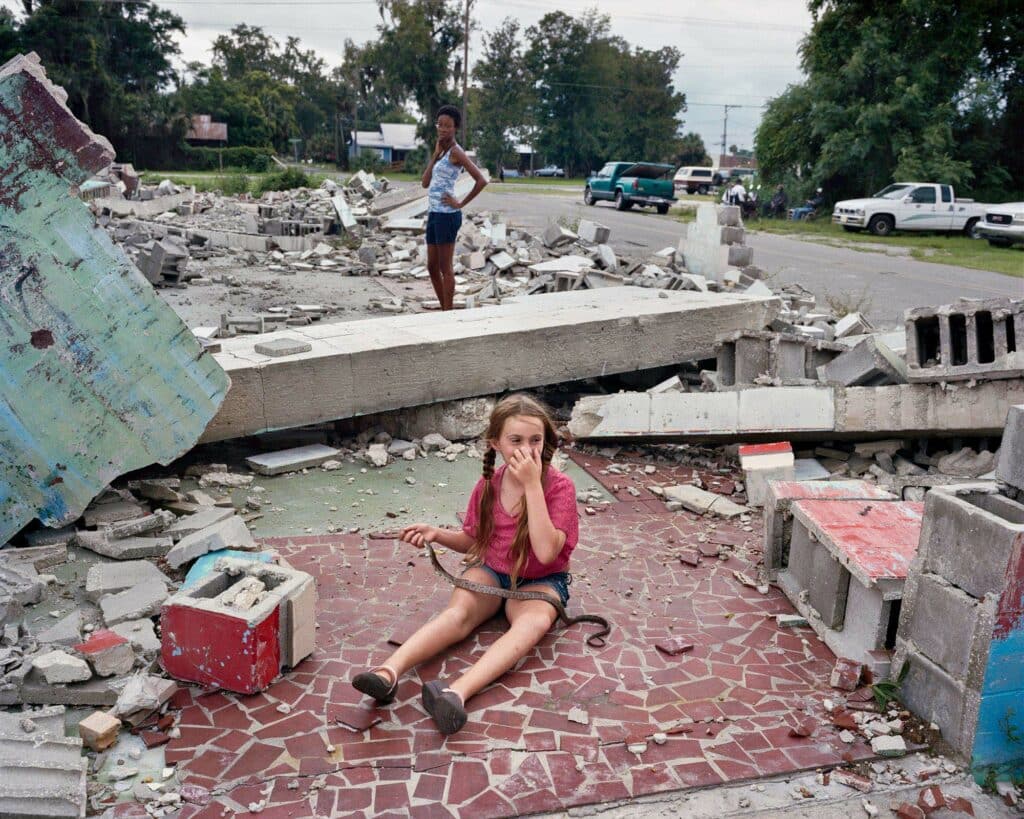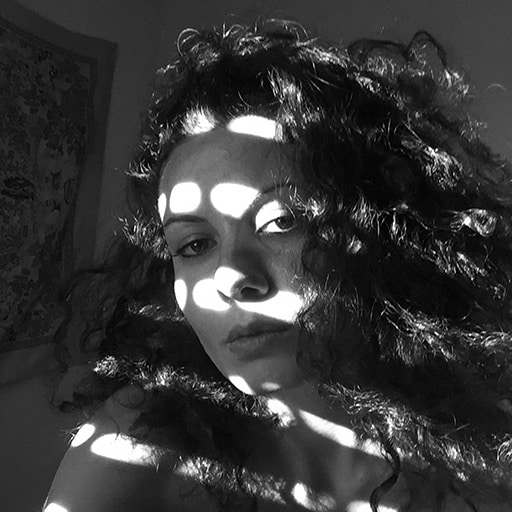The last time we had seen Curran Hatleberg was in South Carolina, about 10 years ago. A barbecue at sunset, mosquitoes, a woman doing a cartwheel. Going back to that memory now feels like diving into one of his photographs. A quiet scene in rural America: the thick atmosphere takes over the frame, so much so that the action ends up losing importance.
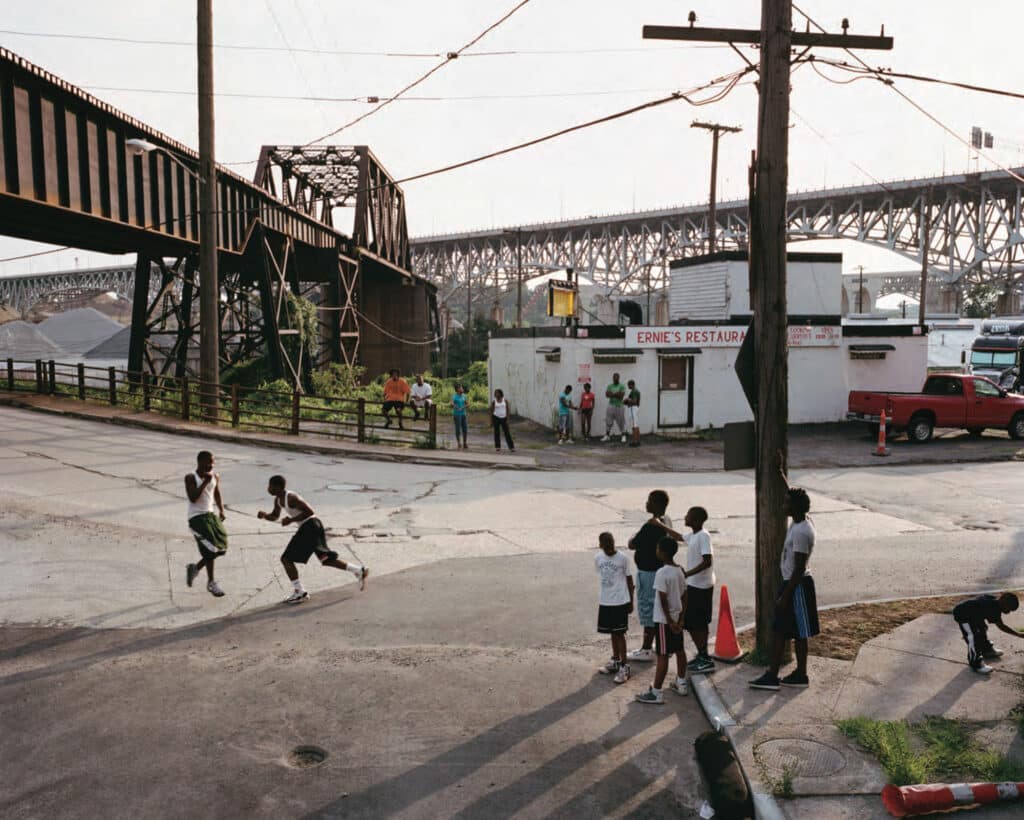
We recently saw him again during a hot early evening in Arles to chat about his new book “River’s Dream”, and the uptight cafe we met in felt out of place as we talked about Florida’s countryside and small towns. For this book he roamed across the Southeastern states avoiding the biggest tourist sites, timing his trips at the peak of the summer, when the heat and humidity make the air so thick that it’s hard to breathe. “I wanted to go there when it was at the highest fever pitch, in that sort of hothouse, and see who’s still outside, moving through the world in that temperature”.
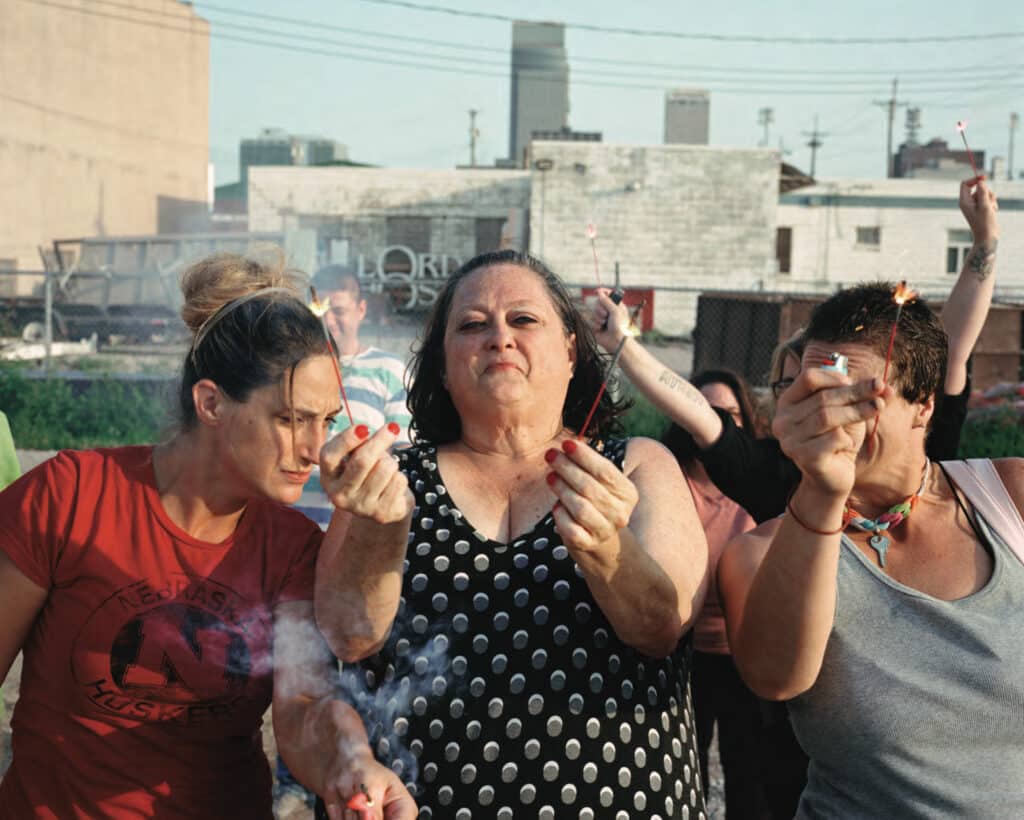
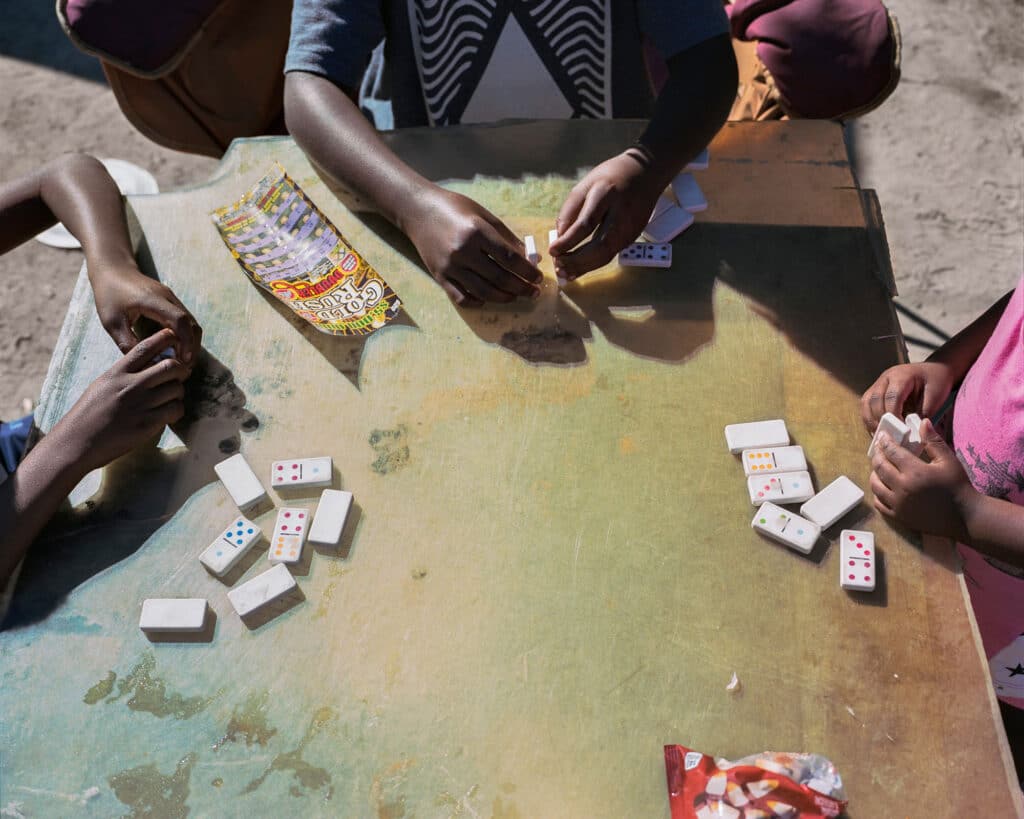
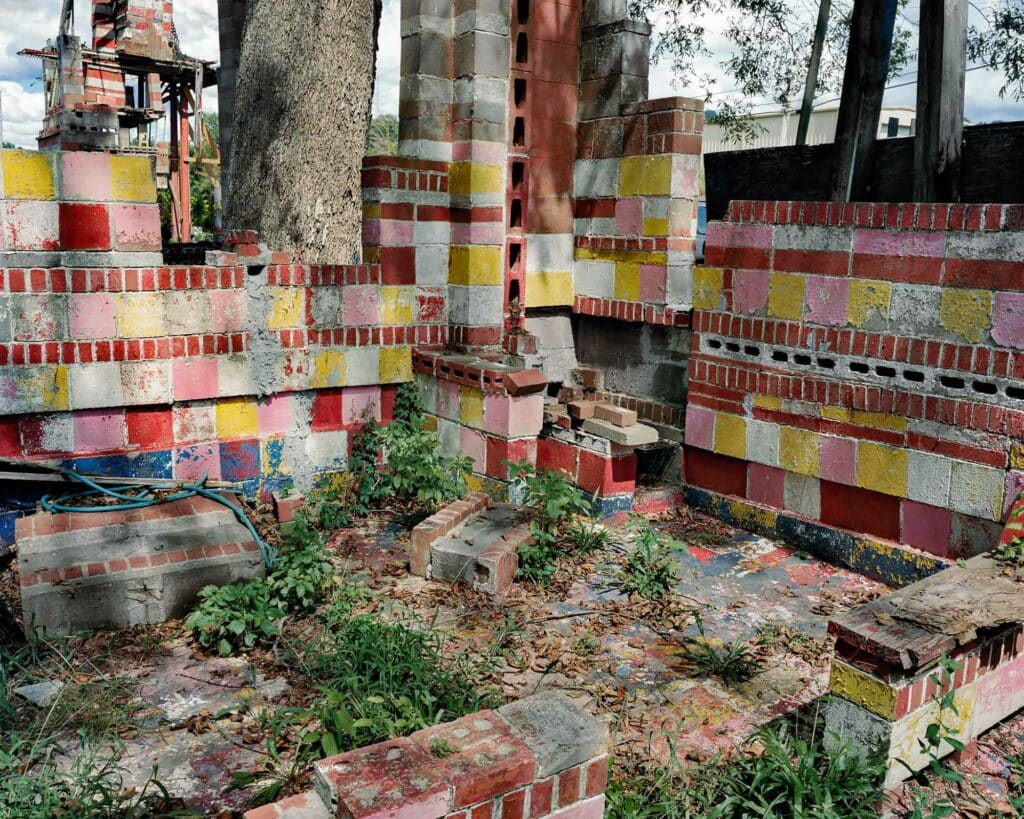
The Reality of the American Dream
Women light firecrackers, a car mechanic takes a break outdoors, a young boxer stares at the camera. Such moments of leisure are opportunities for a photographer to strike up a conversation, but they also speak about a shared, universal human experience that transcends geographical distances and social classes. “ What I’m attracted to is how we’re all the same rather than how we’re different”, Curran says. The protagonists of his frames might be relaxing, but children seem to be old sages, adults look like they’ve worked all their lives. A smile takes on subtler nuances on a hardened face.
In a fascinating text at the end of the book, novelist Joy Williams draws attention to the fact that in the images “No one seems to possess anything. (…) No one is eating anything or making anything or going anywhere.” The photography hints at archetypes of American life, but they’re twisted to the point that we’re unsure how to read them anymore. The sequence is punctuated by apparitions of cars, the embodiment of the quintessentially American adventure, but Curran’s cars never move. If they ever undertook a journey, it was in the past.
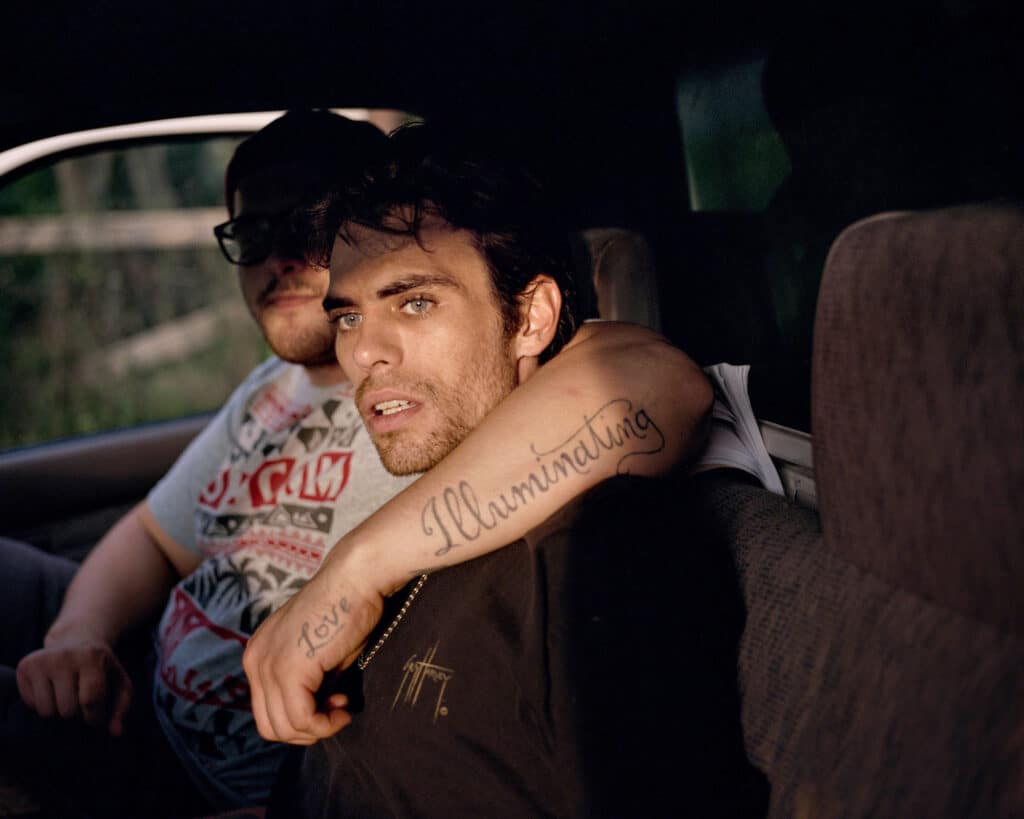
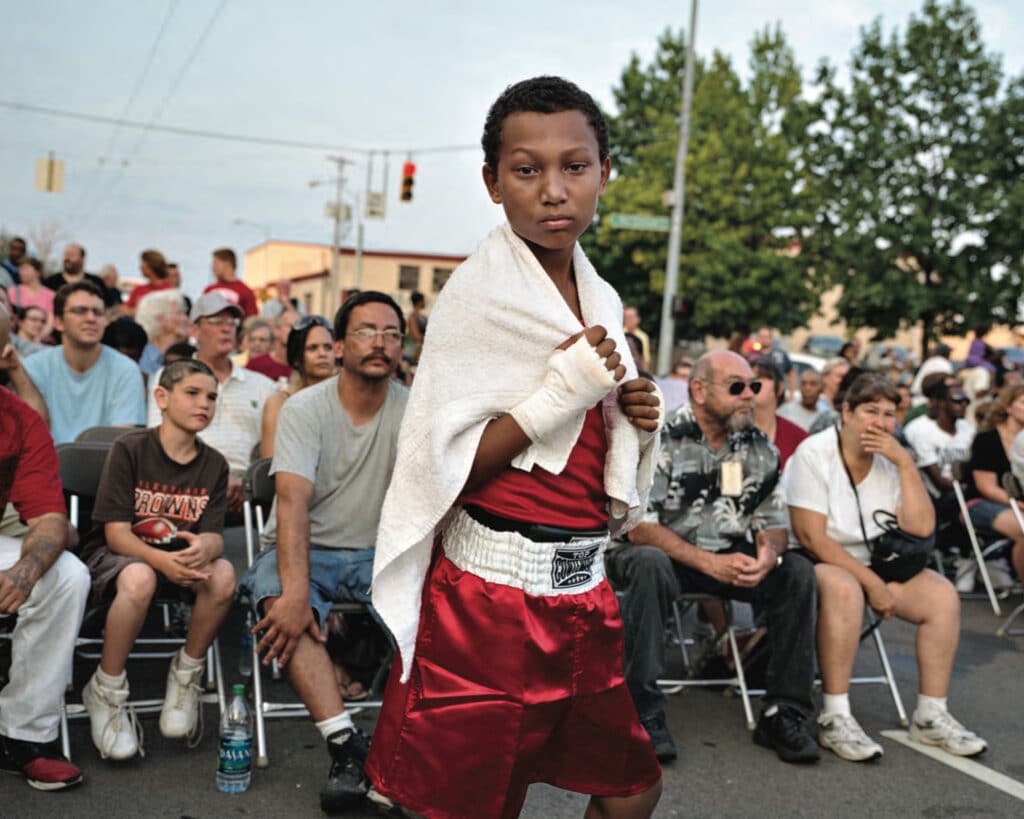
We flip through the pages and stop to one of the most intense but least eye-catching, where a boy and his father sit on a house stoop. They look alike and hold the same position, same expression, just a few inches from each other. “That’s one of the deepest cutting pictures for me.” Curran says. “Even if they’re father-son and right next to each other, there’s this invisible wall that will always be there ”. Something else is striking about this image, the feeling that in 30, 40 years from now the boy will be still sitting there, looking exactly like his father does at this moment.
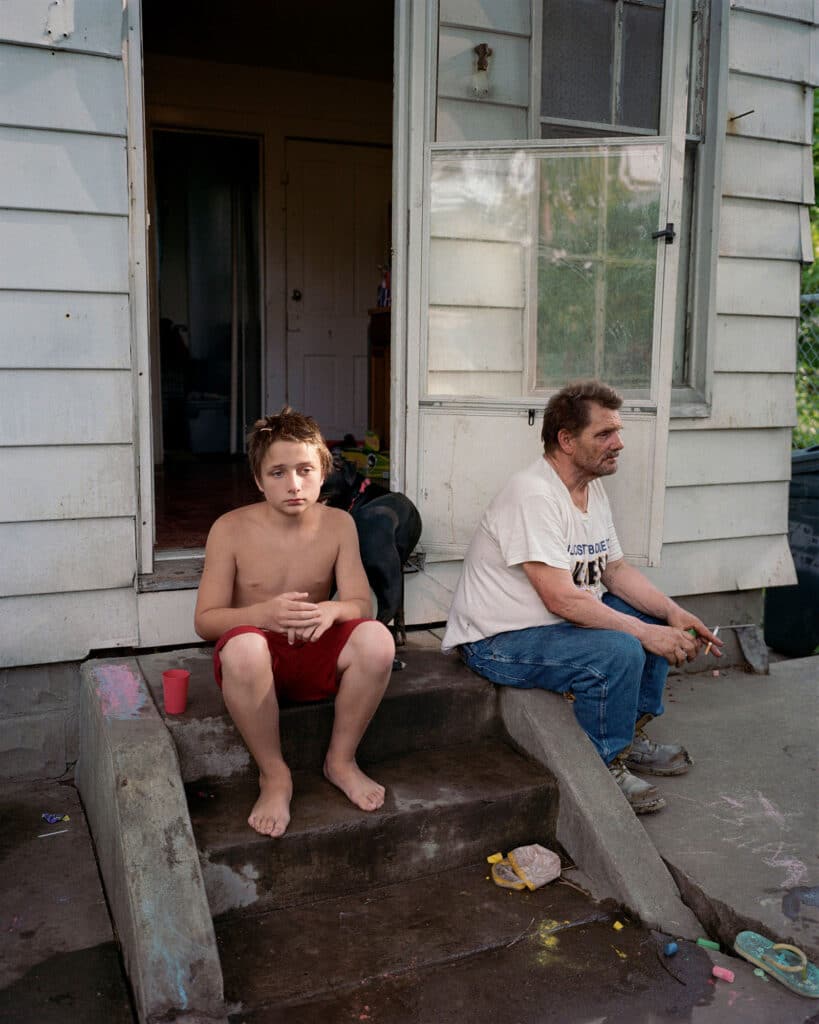
Watermelons, bees, snakes and alligators repeat throughout the editing flow, building a thread that runs through the book. Thoughts turn to the way in which we humans exploit the fruits of the land and living creatures, even the most powerful ones, to suit our needs and serve our schemes. “It’s this bizarre thing where these dinosaurs are extracted from the swamp. They come out of the primordial ooze and then they become luxury handbags, boots or belts.”
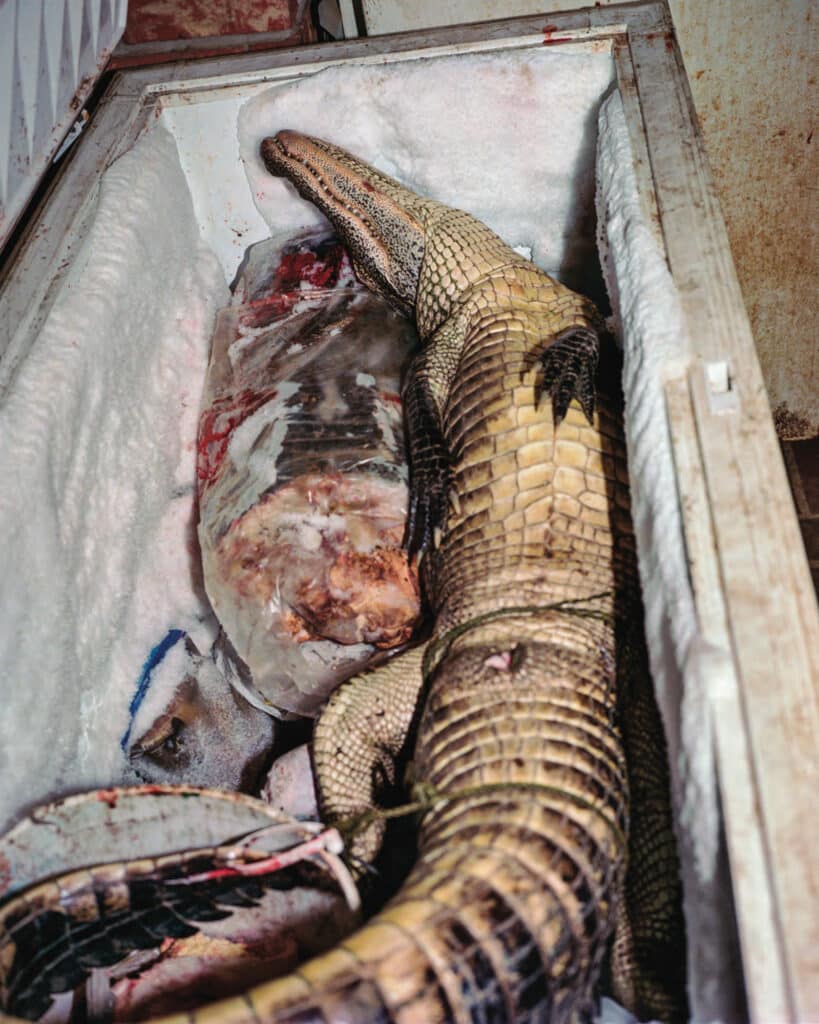
“I hardly show anyone my work until it’s finished”
One photograph per spread makes for a slow rhythm, and sometimes a single scene extends over two, sometimes three photographs. “When you’re in that sweltering heat, time feels really stretched out and strange, and there are a few moments in the book that feel like I’m going to linger here. It doesn’t mean that there’s like a heightened piece of drama happening. I’m just going to draw the attention span a little longer.”
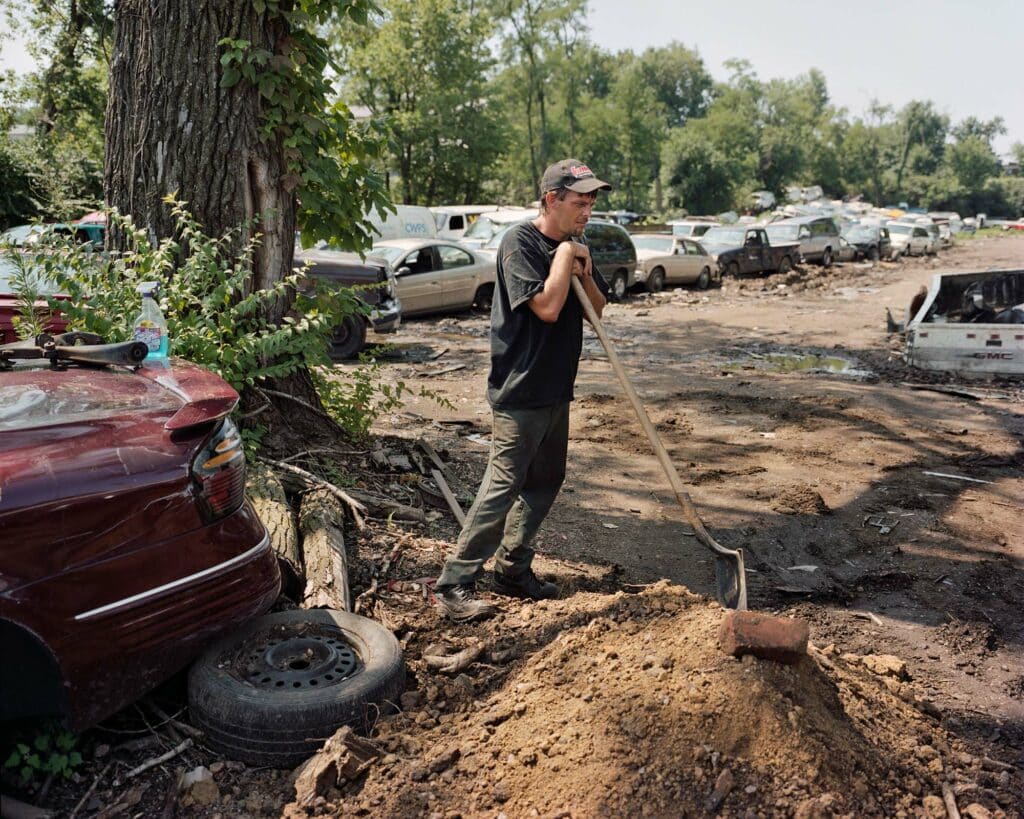
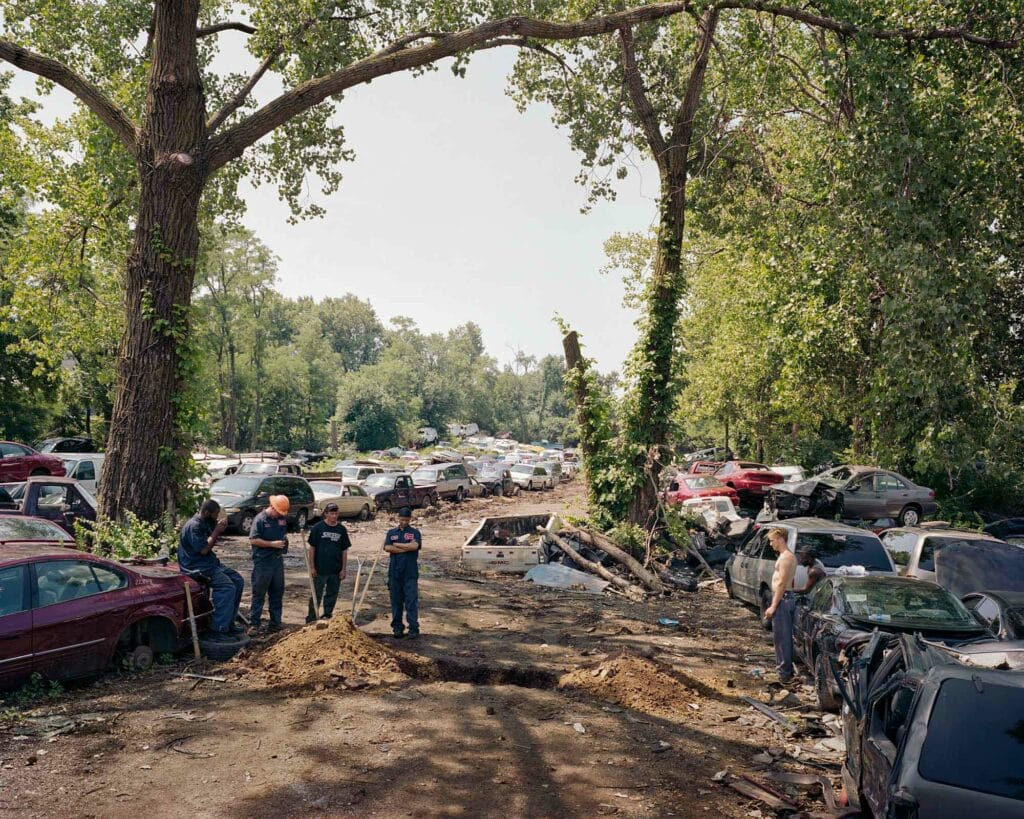
Curran sits behind dark glasses as he talks about his editing process, with a reserved but single-minded character. “I hardly show anyone my work until it’s finished, otherwise I’d be trying to satisfy too many people instead of letting the pictures dictate what they want. It could be for better or worse, I don’t know, but at least there’s some kind of pureness of the idea. Even if it’s flawed, I carry it forward.
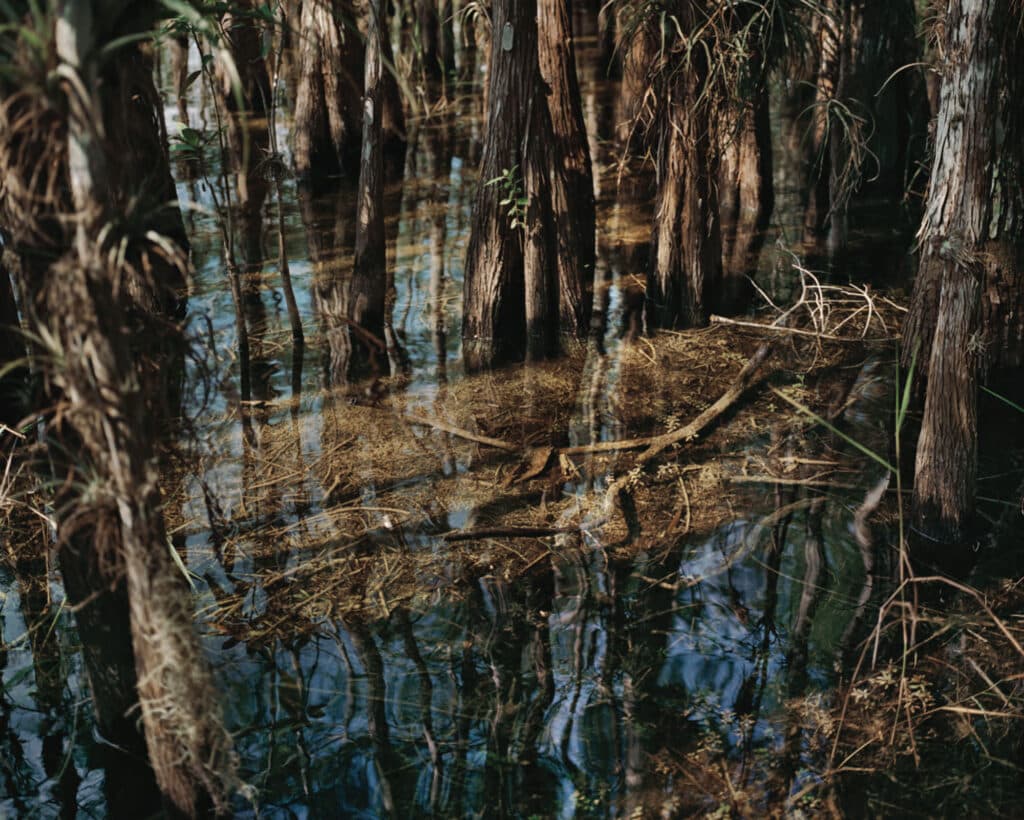
A river of images soaked in swamp water, jealous of their enigmas, the sequence is poetically raw. Beauty and decay complement each other, often in the same frame. The book was shot in some of the most neglected, forgotten areas of the Southeast, and scenes that might easily have given way to a voyeuristic glance speak instead of connection, a vague self-recognition. “There were moments in my life when I’ve felt lost and kind of adrift, without a strong sense of community or family. And I’m always amazed and humbled by the fact that people will take me in as their own. It is profound.”
Uncomplicated joy wouldn’t be compelling enough, but in Curran Hatleberg’s work there is space for hope, for a sudden subversion of the plot. In a fever dream, anything can happen.
River’s Dream, Curran Hatleberg, TBW Books, 152 pages, 75$.
